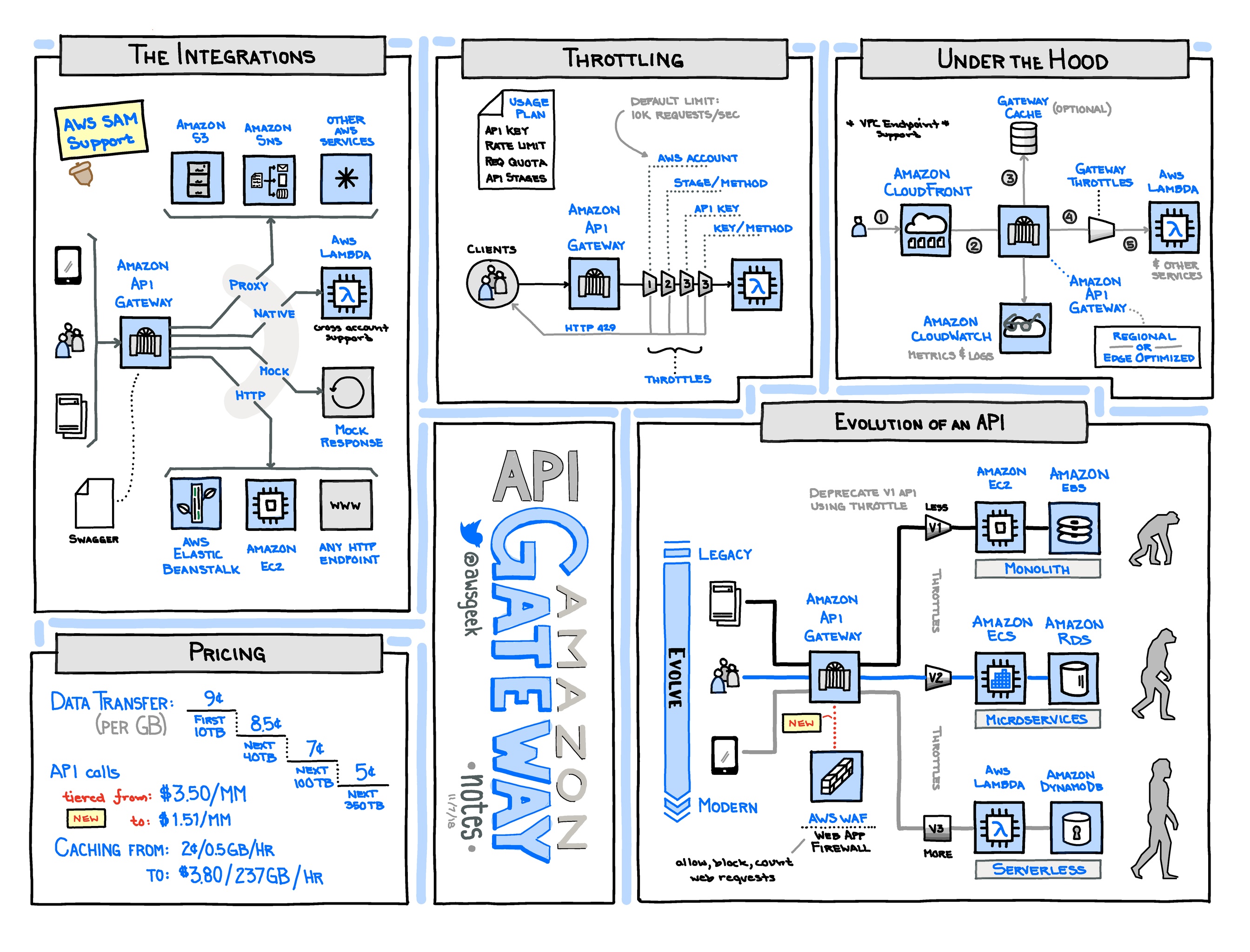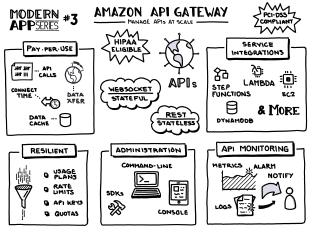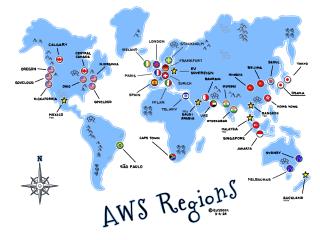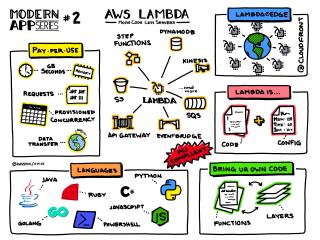
Amazon API Gateway is a robust tool for professional developers and IT administrators who seek to build and deploy APIs efficiently. Designed as a managed service provided by Amazon Web Services (AWS), API Gateway allows users to create, publish, maintain, monitor, and secure APIs at any scale. APIs serve as the digital glue that links applications, and with the expansion of cloud computing and mobile applications, the need for high-performing APIs has risen tremendously.
Use Cases
Amazon API Gateway can be used in a variety of scenarios. One primary use case is the development of RESTful APIs that can be used to call AWS services like Lambda, which runs backend code in response to HTTP requests. It can also route incoming API calls to AWS EC2 instances, AWS Elastic Beanstalk environments, or other endpoints. Developers might use it for WebSocket APIs as well, thereby facilitating two-way communication between client apps and backend servers.
Another essential use case involves microservices architectures. By leveraging API Gateway, teams can manage microservices more easily, securing them with tools like AWS Identity and Access Management (IAM), AWS Lambda, and Amazon Cognito for authentication purposes. This flexibility allows for seamless endpoint management, including throttling settings to prevent overutilization.
Pricing
Amazon API Gateway offers a pay-as-you-go pricing model, ensuring that resources align with your usage. Pricing is based on the number of API calls, the amount of data processed, and any caching you implement to speed up request responses. While there are no upfront costs or minimum fees, consider analyzing the pricing tier to align it with expected traffic volumes for cost optimization. Always review the official pricing page for AWS API Gateway for any updates or changes in pricing structure.
Scalability
One of the standout features of Amazon API Gateway is its ability to scale automatically to handle thousands of concurrent API calls. API Gateway manages traffic spikes efficiently without any required intervention from developers, facilitating a maintenance-free approach to scaling. This capability ensures that APIs remain responsive and performant even when traffic surges unexpectedly.
Availability
The availability of Amazon API Gateway is underpinned by AWS's highly reliable cloud infrastructure. API Gateway is designed to be highly available, offering service level agreements (SLAs) that guarantee uptime and reliability. The distributed nature of AWS data centers further contributes to this high level of availability by ensuring that APIs can continue to function even if an individual data center experiences issues.
Security
Security is a top priority for Amazon API Gateway. It offers several features designed to secure your APIs, such as AWS IAM roles and policies, which control access to your API Gateway resources. Developers can also integrate OAuth-based configurations with Amazon Cognito for JWT (JSON Web Token) validation. Additionally, the API Gateway supports AWS WAF (Web Application Firewall) to protect your APIs against common web exploits.
Competition
The landscape for API management services is competitive, with notable alternatives to Amazon API Gateway offered by other cloud providers. Google Cloud offers Cloud Endpoints, which facilitates API management and monitoring. For more information, visit Cloud Endpoints on Google Cloud.
Microsoft Azure provides Azure API Management, allowing users to publish, secure, transform, maintain, and monitor APIs. Find out more on Azure API Management.
Alibaba Cloud offers API Gateway, catering primarily to the Asian market, providing traffic management and backend integration with Alibaba's broader cloud services. Additional information can be found on Alibaba Cloud API Gateway.
In conclusion, Amazon API Gateway stands as a powerful tool in the modern developer's toolkit, offering a wide range of functionalities necessary for building and managing APIs effectively. Its robust feature set, scalability, availability, and security options make it an attractive choice for developers and IT administrators focused on deploying cloud-native applications.
 Amazon API Gateway
Amazon API Gateway
 357021a9-659b-41e3-a681-13cb99715870
357021a9-659b-41e3-a681-13cb99715870
 AWS Regions
AWS Regions
 AWS Lambda
AWS Lambda